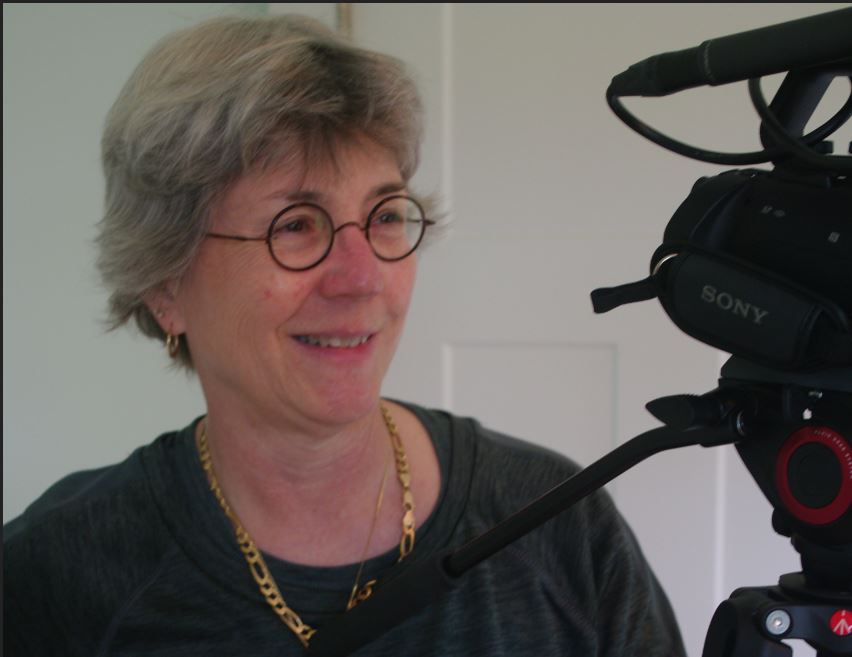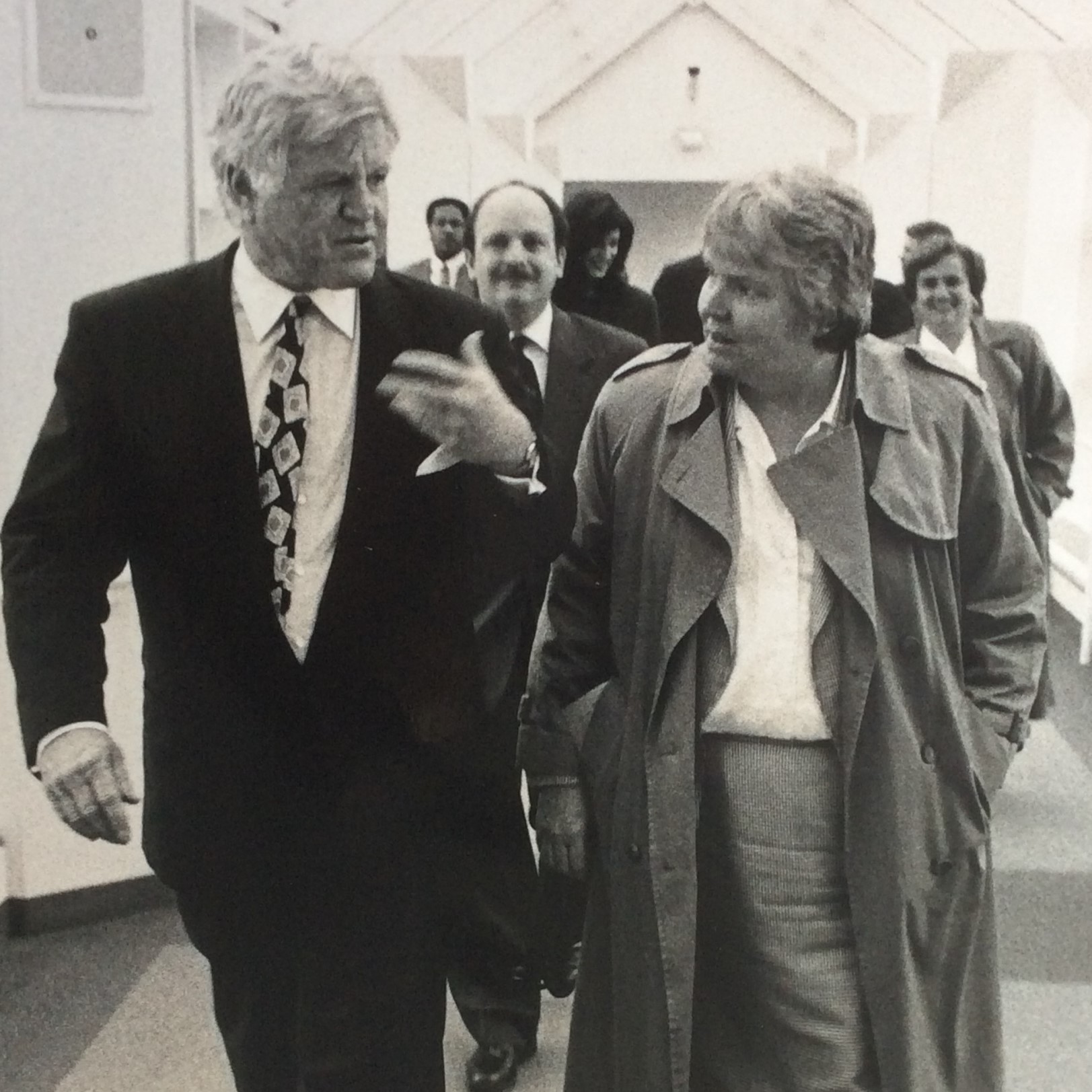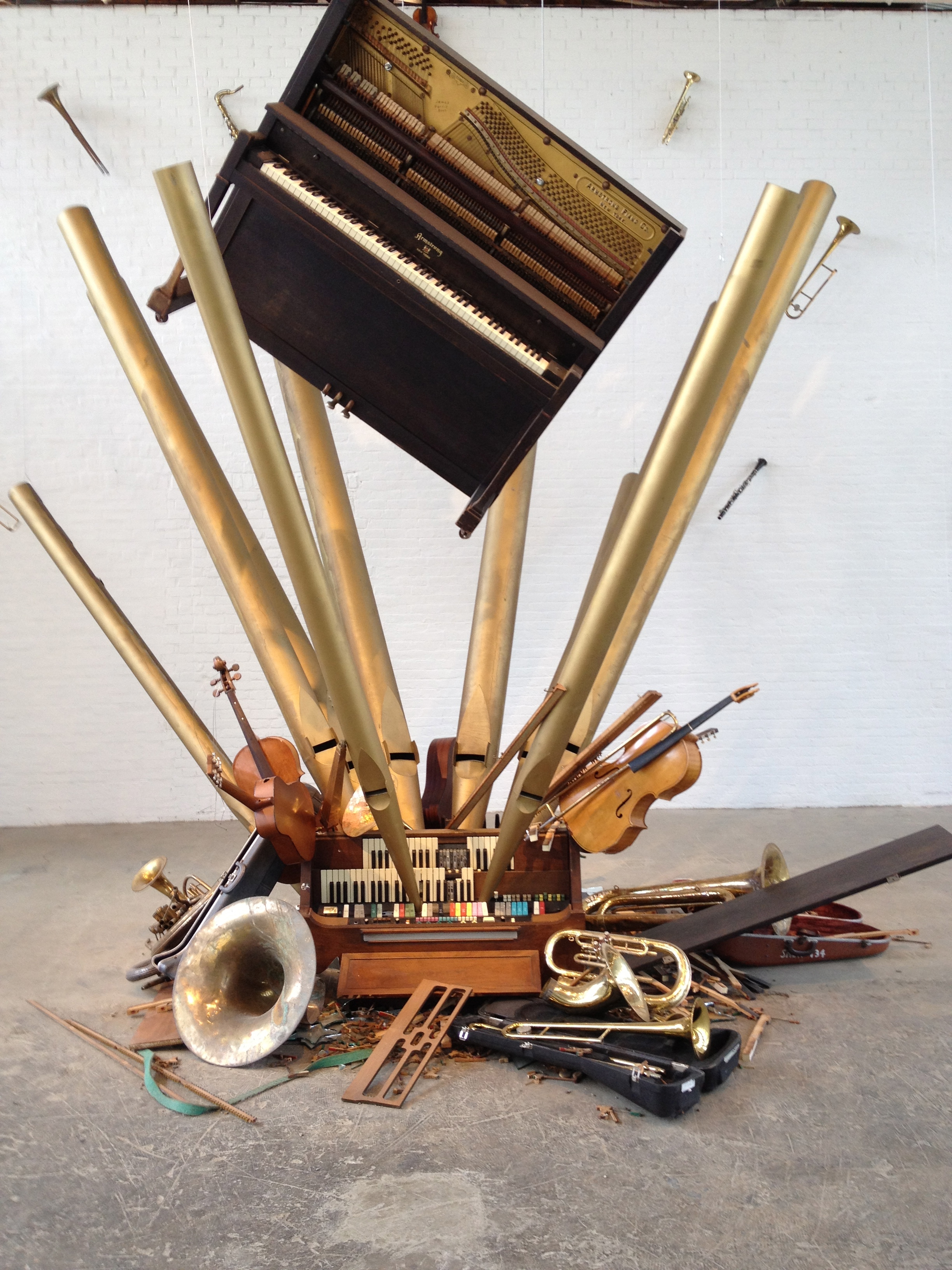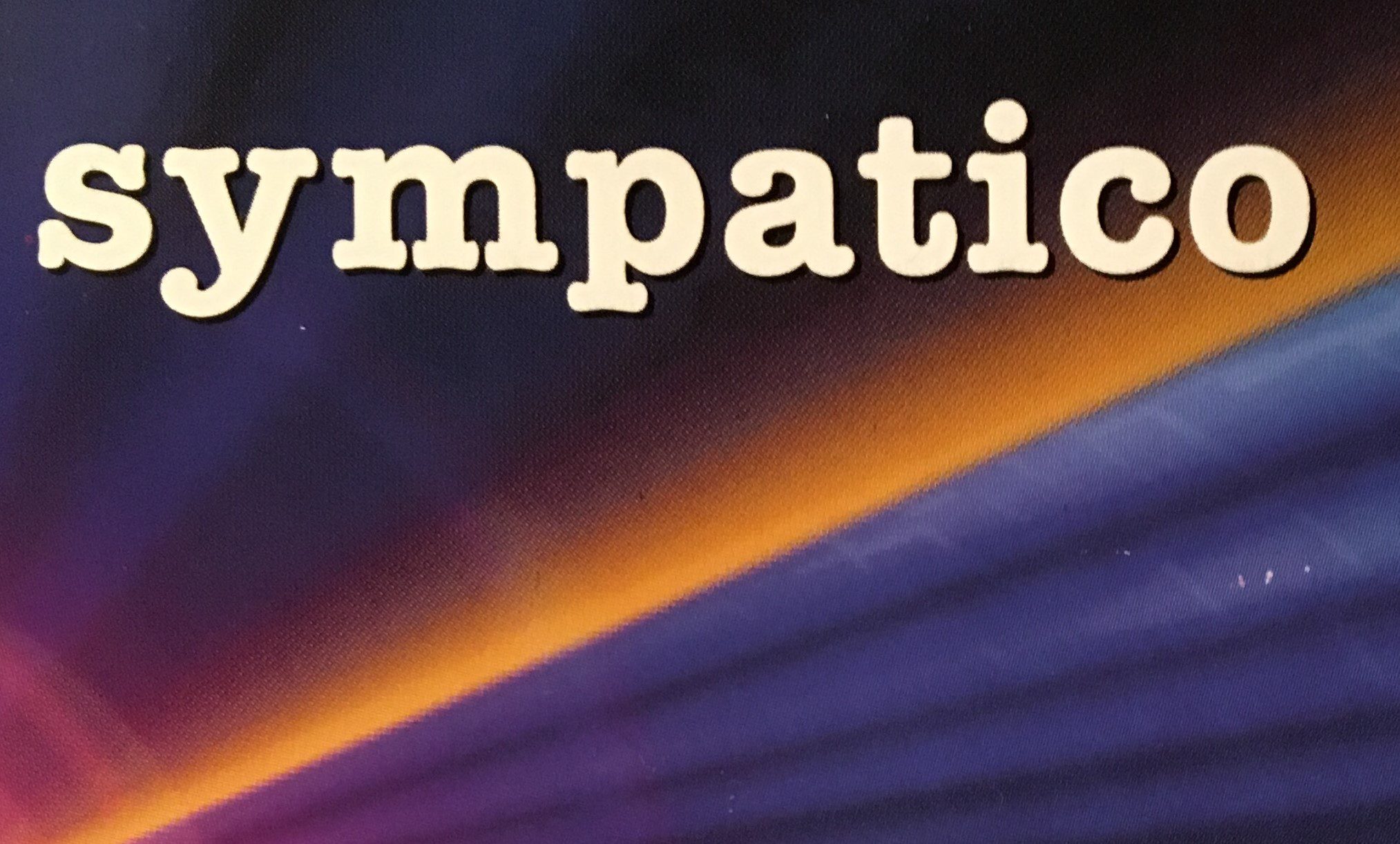 It is generally a given that music, and other arts, reflect the life and cultural context from which they spring. Some art and artists speak to something more universal than a particular temporal context only, and those are the works that last for generations and become classics. We cherish such classics from as long ago as 5 centuries before the golden age of ancient Greece, the epic poems of Homer, for example. The plays of Shakespeare and the compositions of Beethoven are other such transcendent masterpieces, and the work of Duke Ellington and films of Coppola are more contemporary examples.
It is generally a given that music, and other arts, reflect the life and cultural context from which they spring. Some art and artists speak to something more universal than a particular temporal context only, and those are the works that last for generations and become classics. We cherish such classics from as long ago as 5 centuries before the golden age of ancient Greece, the epic poems of Homer, for example. The plays of Shakespeare and the compositions of Beethoven are other such transcendent masterpieces, and the work of Duke Ellington and films of Coppola are more contemporary examples.
The relationship between message and medium, that is, the tools and materials used, is perhaps the element that has changed the most profoundly and with evolutionary implications of unusual proportions in the last decade. The implications are so profound, and as yet unprocessed, that that in itself can be subject for artistic exploration. Recording technology was developed to preserve performances for audiences removed spacially and temporally from the musicians who played them. This invention was in itself world changing. Even though the sound quality was inferior to most live performances, it allowed the music to live beyond its initial playing. This has allowed us to get a glimpse of early 20th century music aurally, a glimpse we will forever lack in older music, where we are left with only the ability to reproduce it from the written sheet. The current world shifting revolution has made the current recording technology an instrument in itself. One no longer needs acoustic instruments to record. One can digitally create them, as well as entirely new sounds that acoustic instruments were never intended to make, but which add to the palette of instruments that the composer has available.
In Audnoyz Project Vol 3 we see all of this going on and more, while at the same time receiving a deeply satisfying musical experience with no pretentions. This is an album of pieces that takes us to the leading edge, while grounded in everything we know and understand. That is the essence of great art, and in a wrapping that could only have come out of the 21st century, and a truly talented musical mind.
All artists are limited by the tools at their disposal. Beethoven wrote for the instruments he had at hand, all of them, and yet only these were available. He struggled with this, as it is safe to assume that his genius mind could envision music beyond the capacity of those instruments, but in that time frame, could not express it. He tried to go beyond those instrument capacities. We know at least one violinist of his day complained about the difficulty of executing the written lines. His reply, “do you think I consider your miserable fiddle while talking to my god?” hints at the frustrations that Beethoven felt in this regard. What would he have done if all the instruments we have ever known were at his disposal, along with the electronic capability to mix them in any and all ways, including all sounds from all sources in the world, with any sonic treatments available? Well, enter Audnoyz Project Vol 3, and you might begin to get a picture.
The evolution/revolution occasioned by the emergence and universal accessibility of digital media and internet communication is effecting all human lives, not just those of artists. Teachers, until very recently, taught from the bound paper books available to them. That is what there was. History of hundreds of years was distilled down to a text with a couple of pages of summary narrative written by one or a small group of writers. A few primary sources might have been brought into play when available, but that was about it. Now teachers have internet linked interactive white boards and computers in the classroom which literally bring the entire world and all of its libraries into the room, and the curriculum: staggering exponentially more vast amounts of information, which in all fairness, few havje yet been able to exploit fully. The musician, whether using a traditional instrument, orchestra of instruments, a mixing board, a sampler, a synthesizer or all of these, is in a similar position. In the current context, Everyman/woman has these tools. What can be done with them by the truly musical mind? For the answer in all its rich, mind blowing possibilities, one must listen to Audnoyz 3.
This music is both easy and difficult to categorize. Interesting that people always want to know what genre music is, what style. Perhaps because there is a preconceived notion that they will like music in some styles but not others. But just as it is possible to bring all musical instruments and sounds into a composition now, it is equally possible to bring all styles into a piece, from whatever era they hail. The music is techno, dance, electronica, performance art, but both more and less than that. Each of the tunes will make you want to move, until you come to the parts where you stop dead in your tracks to listen. In some of the songs we are reminded of Charles Ives, who brought musical themes and street sounds into his post classical works as references.
Epic Tale uses an operatic style of singing for its emotive quality, bypassing words. In this way the limitations drawn by languages, and whether or not you understand a particular language are neatly side stepped. The power comes across, without the barrier, and clothed in the technique and sound palette of our contemporary world. In a gesture that brings us squarely into contact with the wonderful possibilities of our 21st century global community, we are swept into the enticing world of Bollywood before coming to rest in a lush new age style resting place. The entire piece is a grand gesture. What makes a tale epic? When we think of the Homeric tales, or the great plays, it is the scope, the universal, the life lessons that transcend time that make an epic. All of that is referenced in this piece, without a word ever being spoken.
Random Intersection deftly paints a contemplative sound scape with a guitar solo that reminiscent of Jeff Beck, but with no pretenses of imitation. A clear voice articulates a short statement of wisdom, over the heartbeat of peaceful world.
In a different approach to the world’s great composers and previous styles, Bach’s Prelude #6 is treated to a jazz arrangement and then recomposed using Euro DJ techniques with a level of sophistication that while unique, is utterly accessible to any listener in Get Off my Bach.
Paris channels some of the same techniques, Euro techno, impressionistic beckoning connected beautifully with jazz style saxophone improvisation, so appropriate, given that the French have always loved Jazz, perhaps more than the Americans whose culture gave rise to it.
Grain Jazz brings us right to the heart of jazz, with a featured piano solo that is all jazz, blended seamlessly with a dance rhythm both Native American and contemporary, while Damaged Goods reminds us that there are difficult human experiences in this world. There are classical orchestrations in this tune, completely faithful to conventions of that style, and yet enhanced by their attachment to digital percussion techniques from a completely different context.
M Vision is a haunting reverie that is both a validation and a cautionary tale, depending on who you are and where you are in your life’s journey. When you get to the last tune, Techno Talk, and are told that “You are about to witness history in the making,” you know that this is literally true, even before you hear the Thai rap, not often experienced on the larger world stage. The speech rhythms in Thai are very different than those of Romance languages, and yet again we are reminded that we have a collection of conventions in our mind that lead us naturally to expect certain things. Our paradigms are suddenly opening up exponentially.
Don’t miss this music. We have just begun to fathom what the tools of the new era can bring. Our minds have yet to grow into the expanded possibilities of the information age, but this is an album that will surely and clearly point the way,





